Decision: Carsten Höller creates a new kind of fun at London's Hayward Gallery
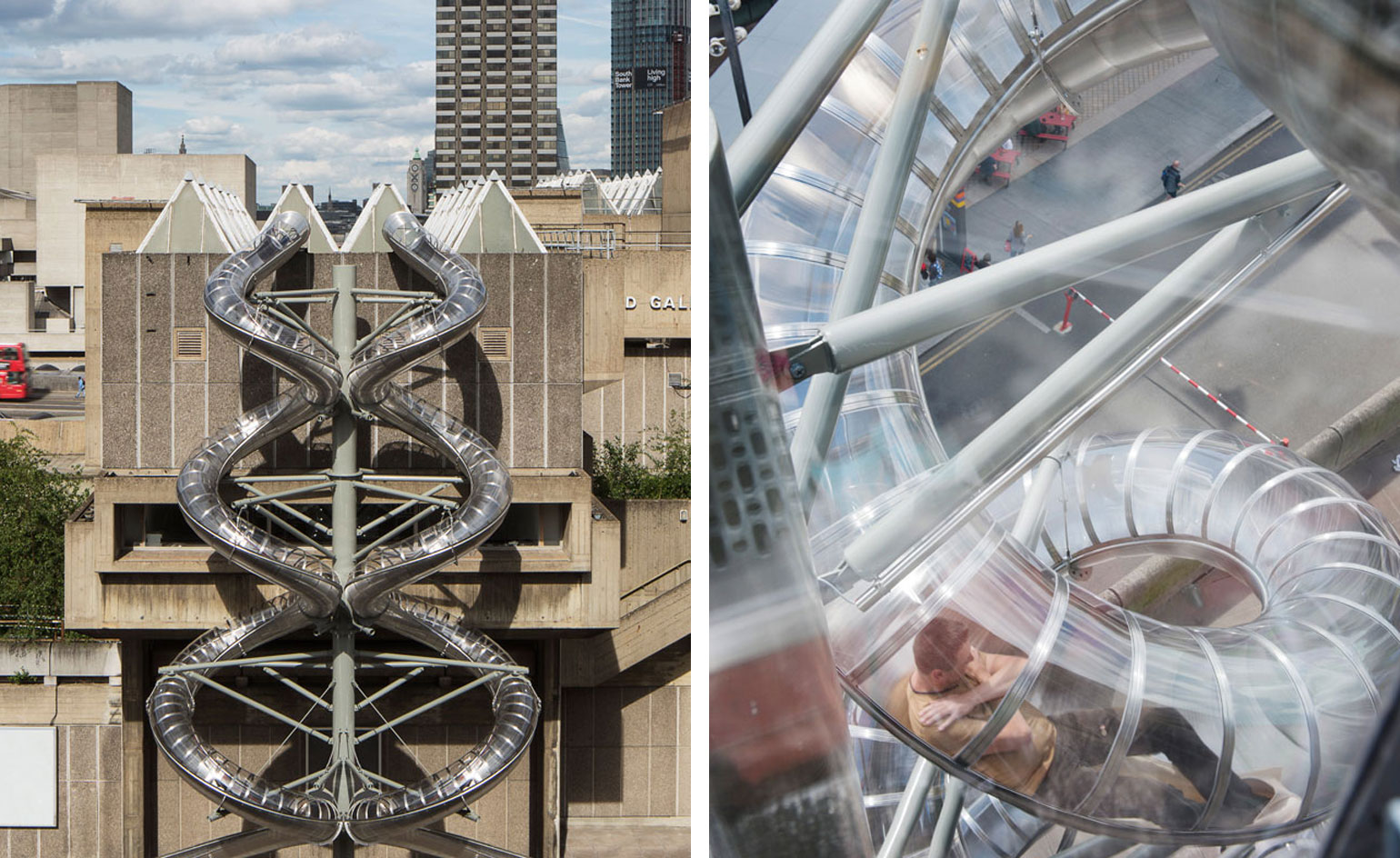
If the museum show is increasingly becoming crowd-pulling spectacular (and it is, witness the long and patient queues outside the new Whitney in New York) then Carsten Höller is an above-the-title, headline act. In the art-show-as-circus model, he is the ring master and unapologetically so.
Decision, Höller’s new show at the Hayward Gallery in London, and the largest survey of his work in the UK to date, is he acknowledges, a funfair with a conceptual twist. As the title suggests, visitors are immediately faced with a choice of entrances before being funnelled into dark steel tunnels - Decision Corridors - with no real indication of where the tunnel is taking them. Leaving the show offers a similar dilemma. You can exit through the gift shop, as is now the traditional departure point, but Höller would much prefer you took one of the two (now trademark) isometric slides mounted on the side of the building, leaving the show, as he says, with the 'sensation somewhere between delight and madness.'
And the exhibition, designed in collaboration Delvendahl Martin Architects offers other Wonderland-worthy choices along the way. Whether to take the pills that drop from the ceiling, contents and effects unknown for example. Visitors also have to navigate around flying mushrooms or turn the world topsy-turvy with the Upside Down Goggles.
For £300, truly committed Höllerites can even book a night at the museum in one of the two Roaming Beds, twin robotic berths which creep around the gallery using a complex system of lasers and radio beacons to avoid incident and injury. Dream-enhancing toothpaste and morning tea or coffee come as part of the deal.
For the Hayward, it is a dramatic closing act. Once Höller has demounted his slides, the gallery will shut for two years of refurbishment work. Höller spoke to us during the installation of Decision...
Wallpaper*: Do you think about a cumulative effect that builds with each interaction in the exhibition or can they happen randomly?
Casten Höller: I’m not really planning effects, I’m offering possibilities. This show is not just about you experiencing these art works, if you want to call them that, it is about whether you want to watch other people experiencing them. It’s not that I’m turning up and loading this space that with my inner visions or whatever, translating them into an object. I want to work with the people who come here.
W*: It’s important that it is a shared experience whereas most people turn up to a gallery and wish everyone else would go away?
CH: It’s not just shared, you are becoming part of the exhibition, you are becoming something to look at. It is also about indecision as well as decision. You pick two corridors, each 75 m long and go up and down. And at certain points you will be above the other people, walking on top of them, or underneath them and you will hear them. I like the idea that when you go into the show you have to go through something, like a lock in a canal.
W*: And then when they get into the open gallery space, is it still a kind of ‘directed’ experience?
CH: Well, the two corridors meet and there is a kind of corridor and then you will see the flying mushrooms, a kind of mobile, which you can push and the whole thing will spin.
W*: We have to talk about the slides of course. Is there much science in terms of engineering the slide to create a particular experience?
CH: Well, there is science in how steep it slopes and how it curves, otherwise you pick up too much speed. But you need to go quite fast so you can’t stop. Otherwise that would be dangerous.
W*: You think of them as practical architecture?
CH: Absolutely. I’ve made propositions to architects to use slides as a way of getting around a building or going from one building to another.
W*: But it is important the slides look beautiful, they don’t just shoot people out of the building?
CH: Absolutely. And they do.
W*: And is the Hayward a difficult space to work with?
CH: No, I like it. It’s not the most beautiful example of Brutalism but I like it a lot. It’s very yellow.
W*: Your exhibitions are an on-going battle with the idea that art is something that you stand a metre-and-half away from and stare at for 20 seconds, hoping for something to happen, that you find the sublime.
CH: Well, there is nothing wrong with that. It happens sometimes. There is a reason why people do that.
Some art though doesn’t work with other people. One of the first art shows I went to was at the Rothko Chapel in Houston and I was all alone, there was not even a guard there I think. I was a scientist, still working at Texas University and I went in sceptical but I came out with something new and profound, not really describable in words but comparable to a religious experience. Then I saw the Rothko again at the Tate but there were so many people and the idea that you could contemplate them in such a context is ridiculous. That is why this show is as much about the other people. But you can also stay the night here and see the work alone.
W*: You have talked about the area between delight and madness. There is a human need for that. It is there in drugs and alcohol, in extreme sports, in all kinds of things?
CH: It is definitely part of our intelligence I would say, that we are curious about these other states of being, these other ways of looking at the world. It is a driving force. This utilitarian way of looking at things is one way, but there are other ways.
W*: There are these big gallery spaces now where you can become a kind of controlled extreme space...
CH: Well, this exhibition is a kind of a funfair, but that’s what exhibitions are these days. They are just pretending not to be, which is very strange. It’s not just that I want to rehabilitate the funfair, its just that I think that there is an idea in the funfair that is really worth exploring. Especially in an era when art has become such a mass phenomenon. That’s what people do, they come to the art museum rather than the funfair. I want to create a new kind of fun, an art kind of fun.
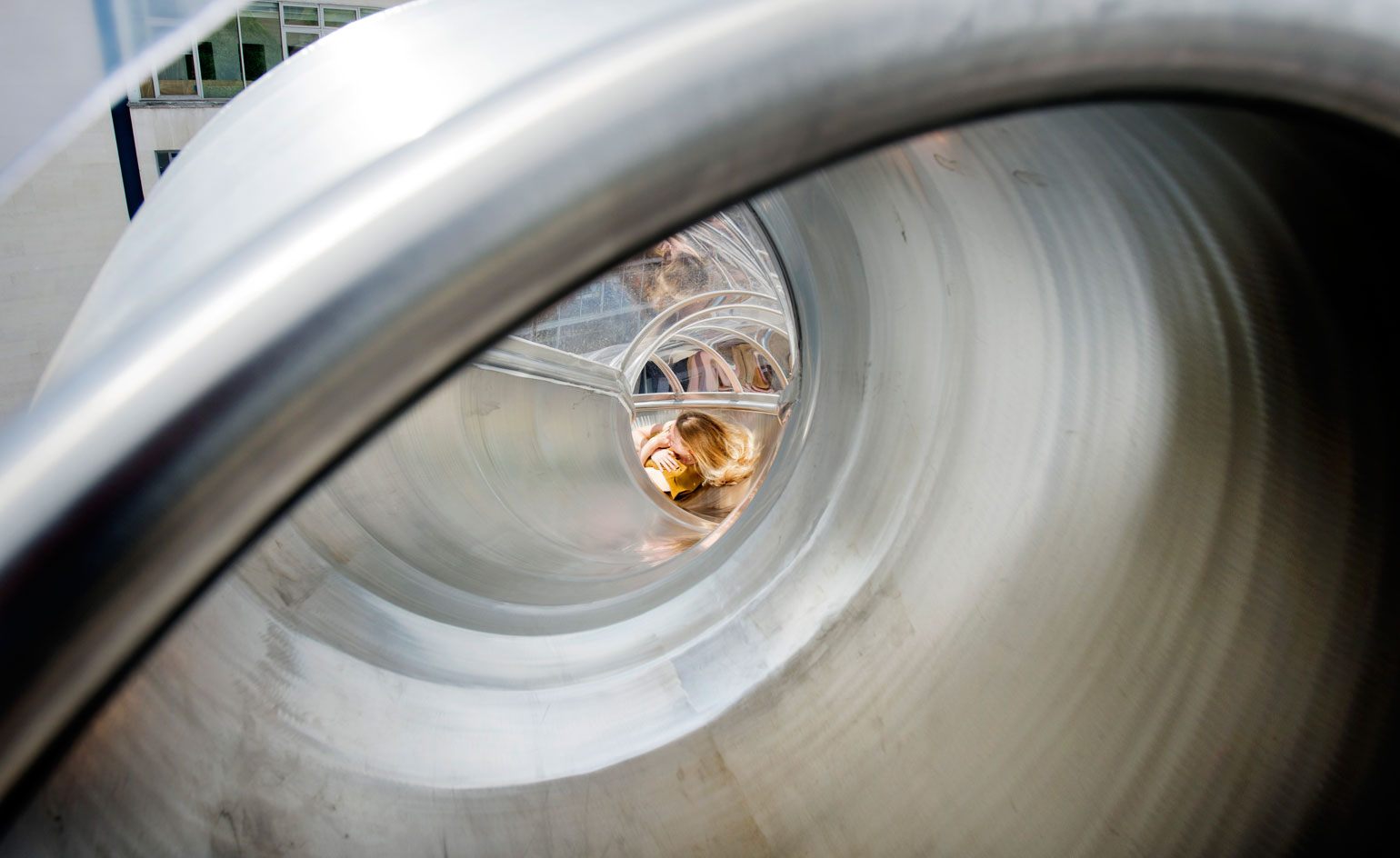
The show is a funfair with a conceptual twist, and requires spectators to make decisions at every turn.Courtesy of the artist and LUMA Foundation
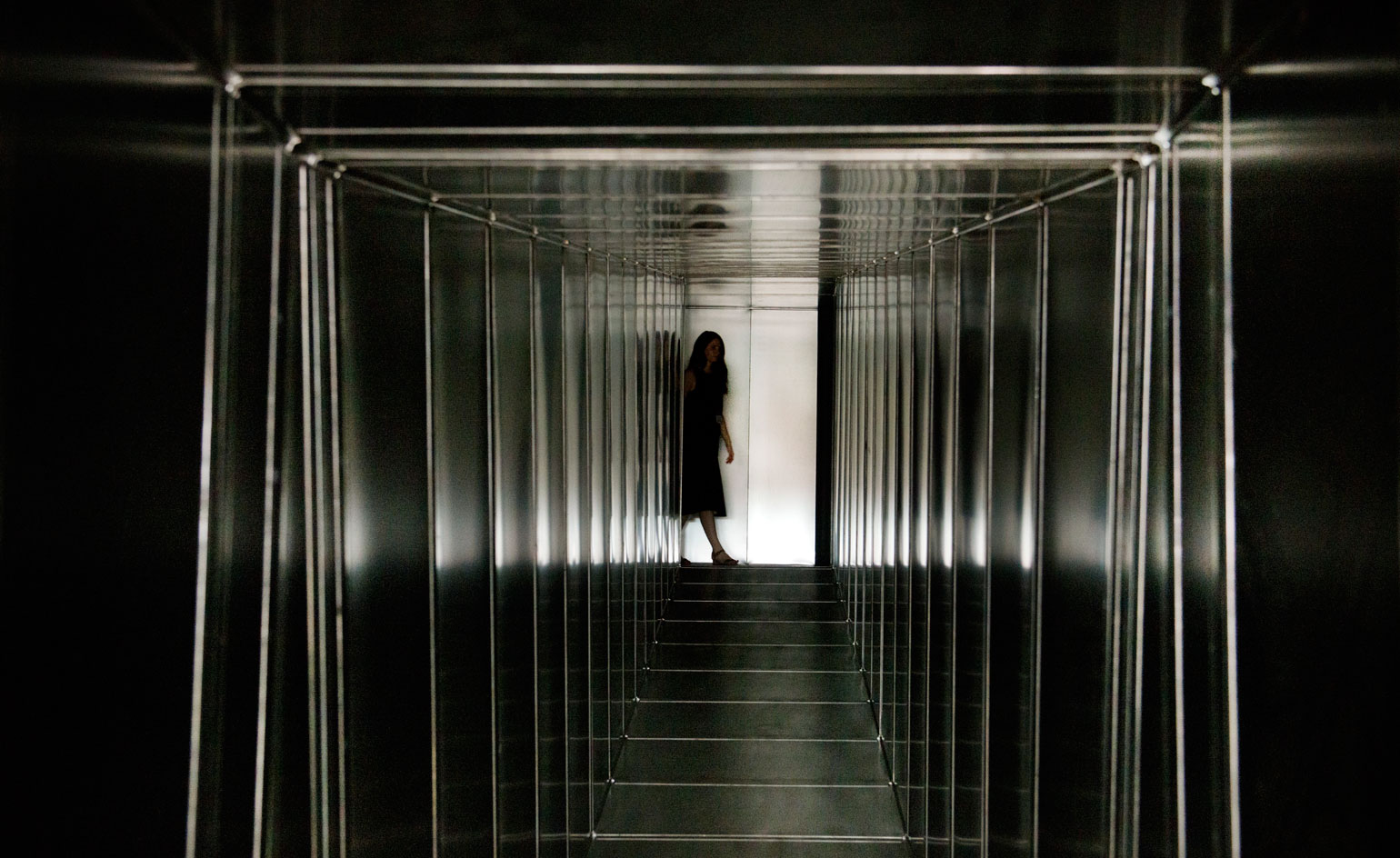
Upon entering, visitors are immediately faced with a choice of which corridor to travel down - Decision Corridors, pictured here - with no real indication of where it may take them.Courtesy of the artist and Hayward Gallery
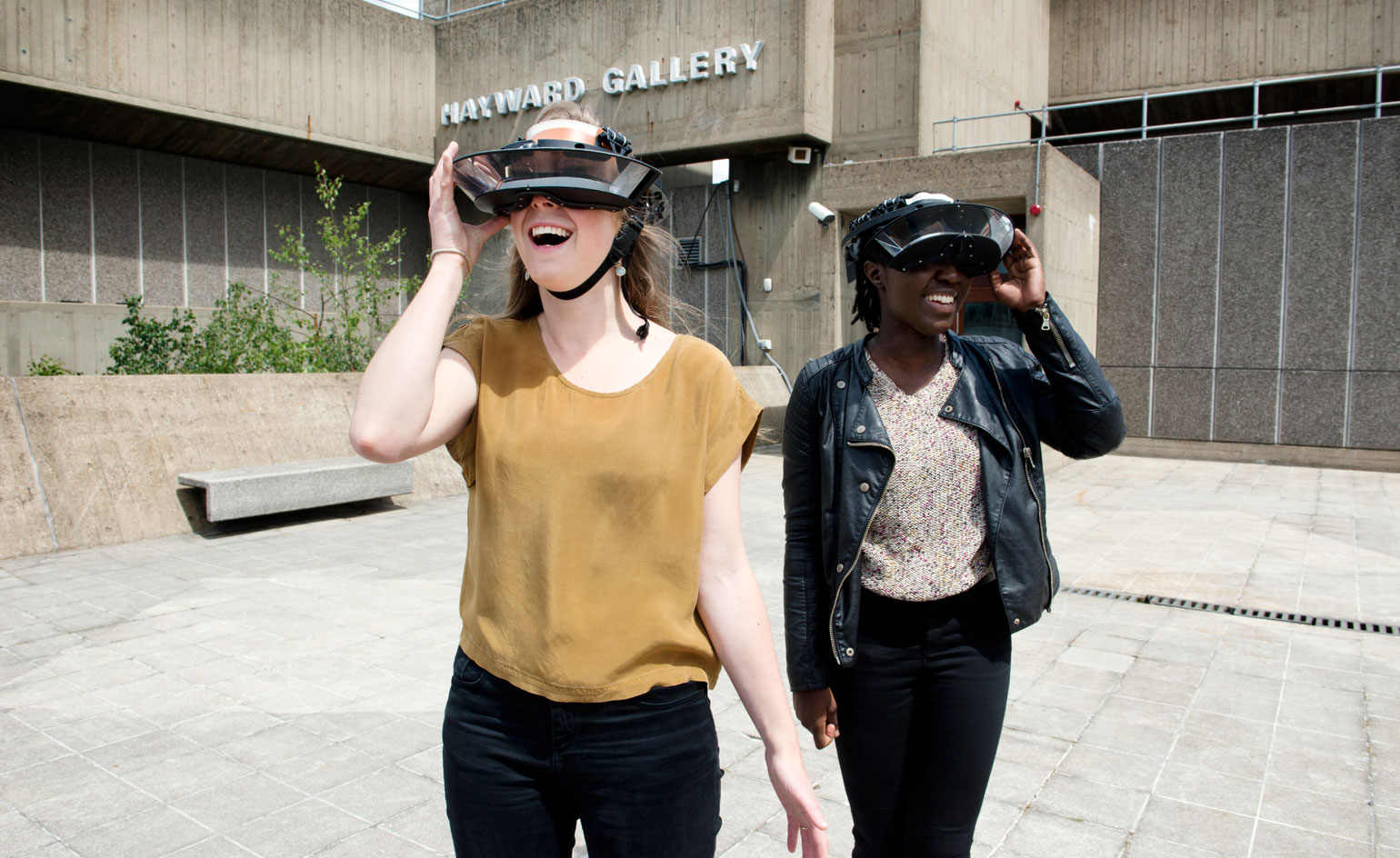
The exhibition, designed in collaboration Delvendahl Martin Architects offers a number of Wonderland-worthy choices along the way, including turning their world topsy-turvy with the Upside Down Goggles, pictured here.
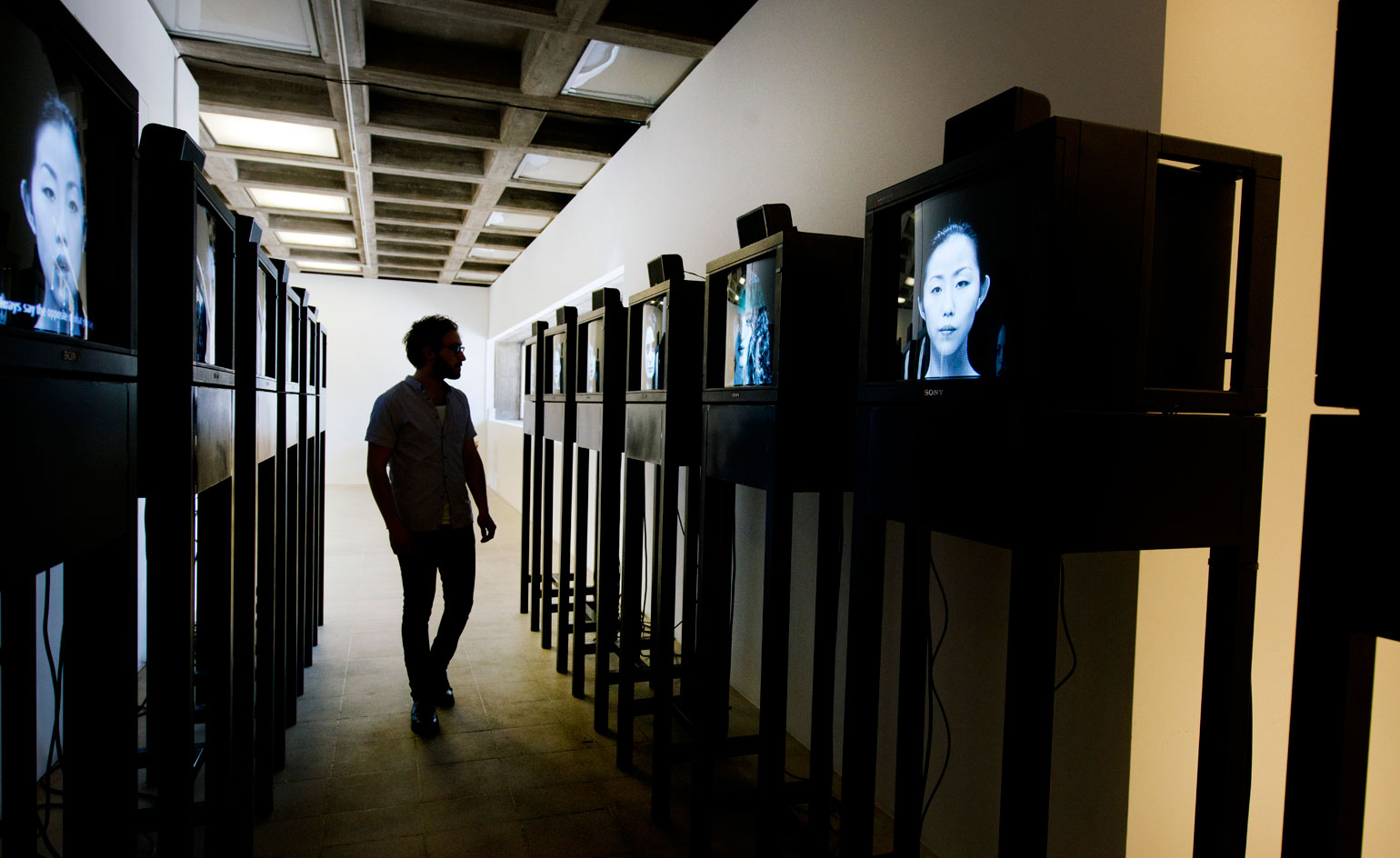
'I’m offering possibilities,' explains Höller. 'This show is not just about you experiencing these art works, if you want to call them that, it is about whether you want to watch other people experiencing them
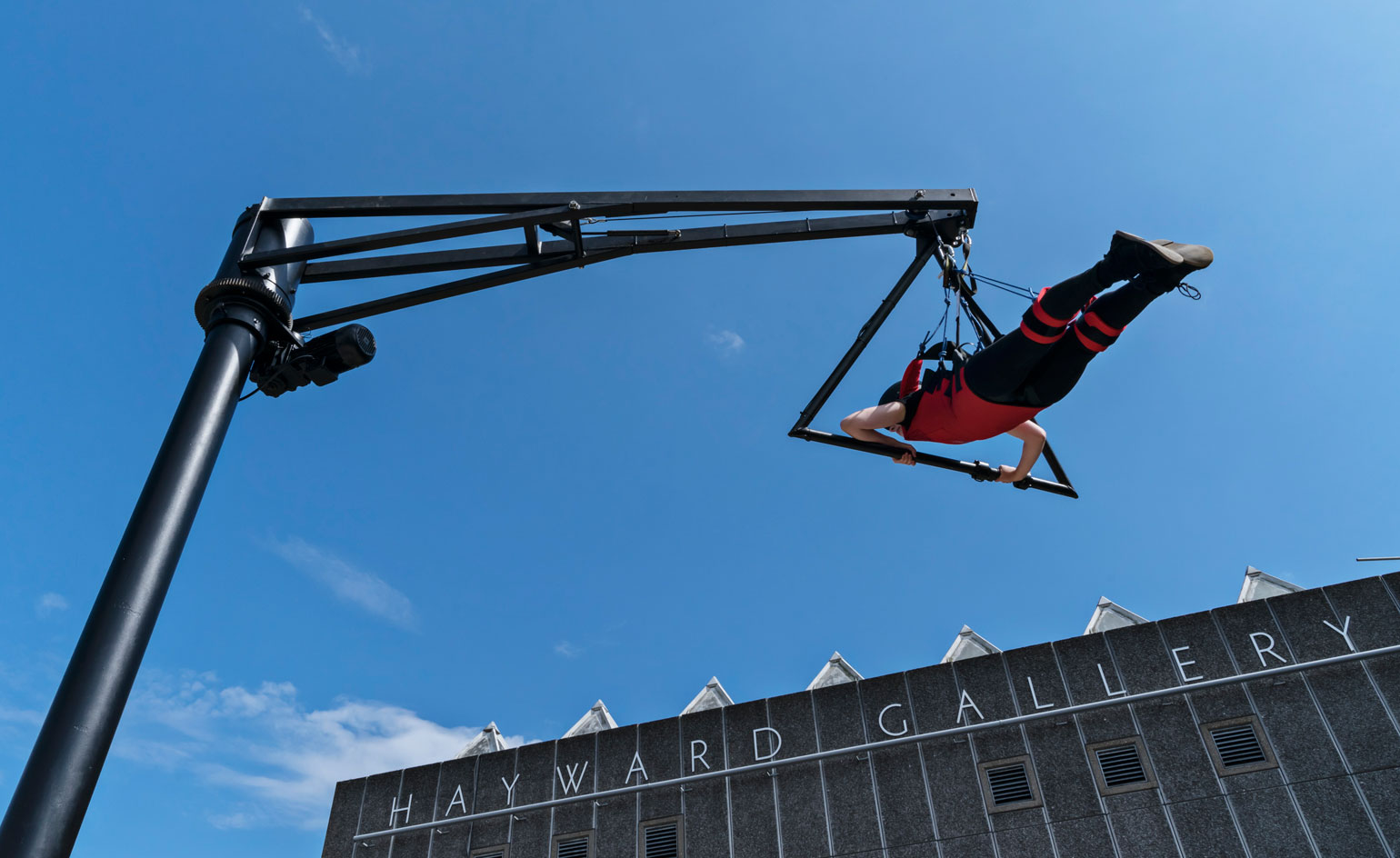
The aim is to create a 'sensation somewhere between delight and madness.' Pictured here: Two Flying Machines, 2015.OKNO Studio. Courtesy of the artist and Gagosian Gallery
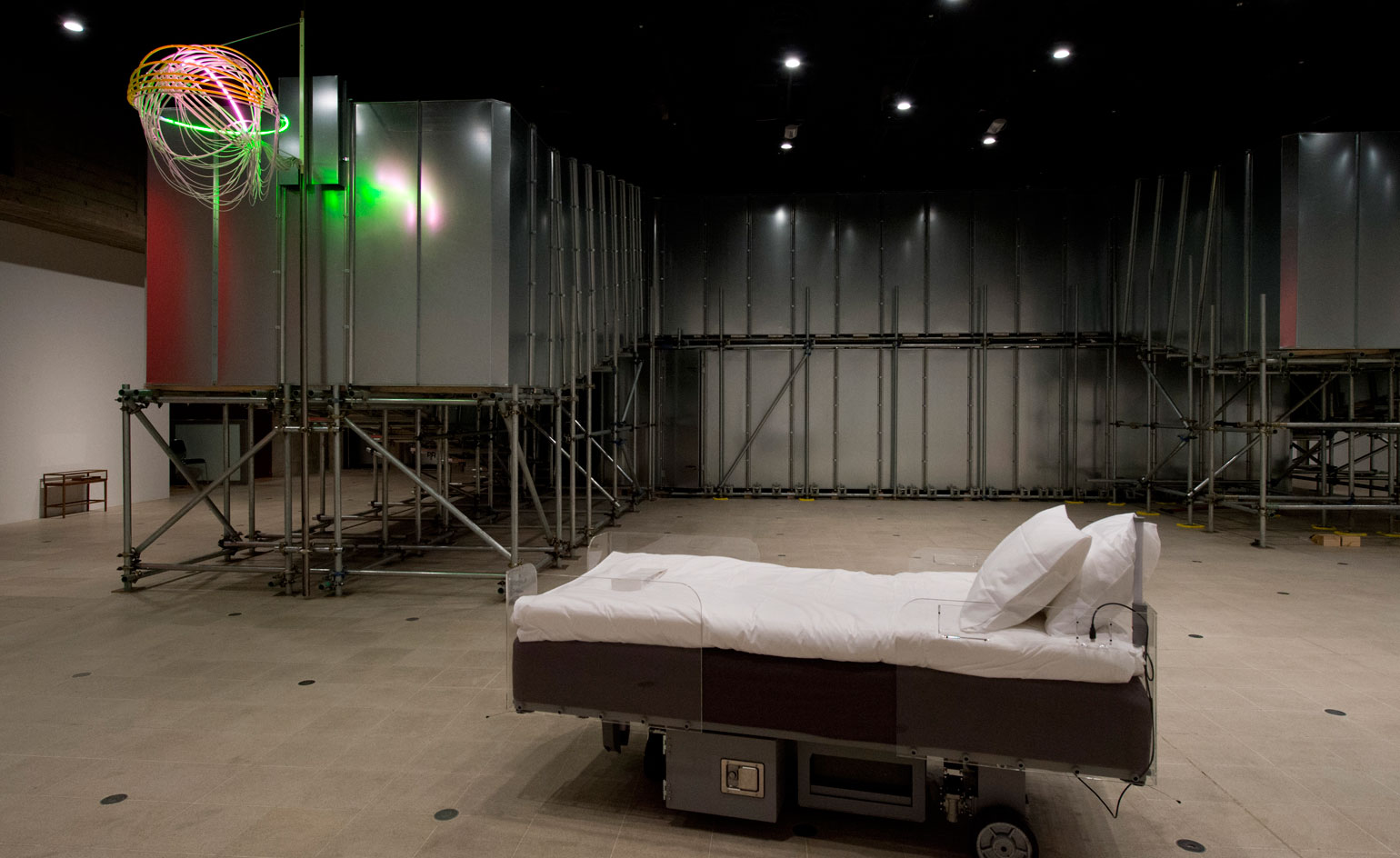
Truly committed Höllerites can even book a night at the museum in one of the two Roaming Beds, twin robotic berths which creep around the gallery.Courtesy of the artist and Thyssen-Bornewmisza Art Contemporary
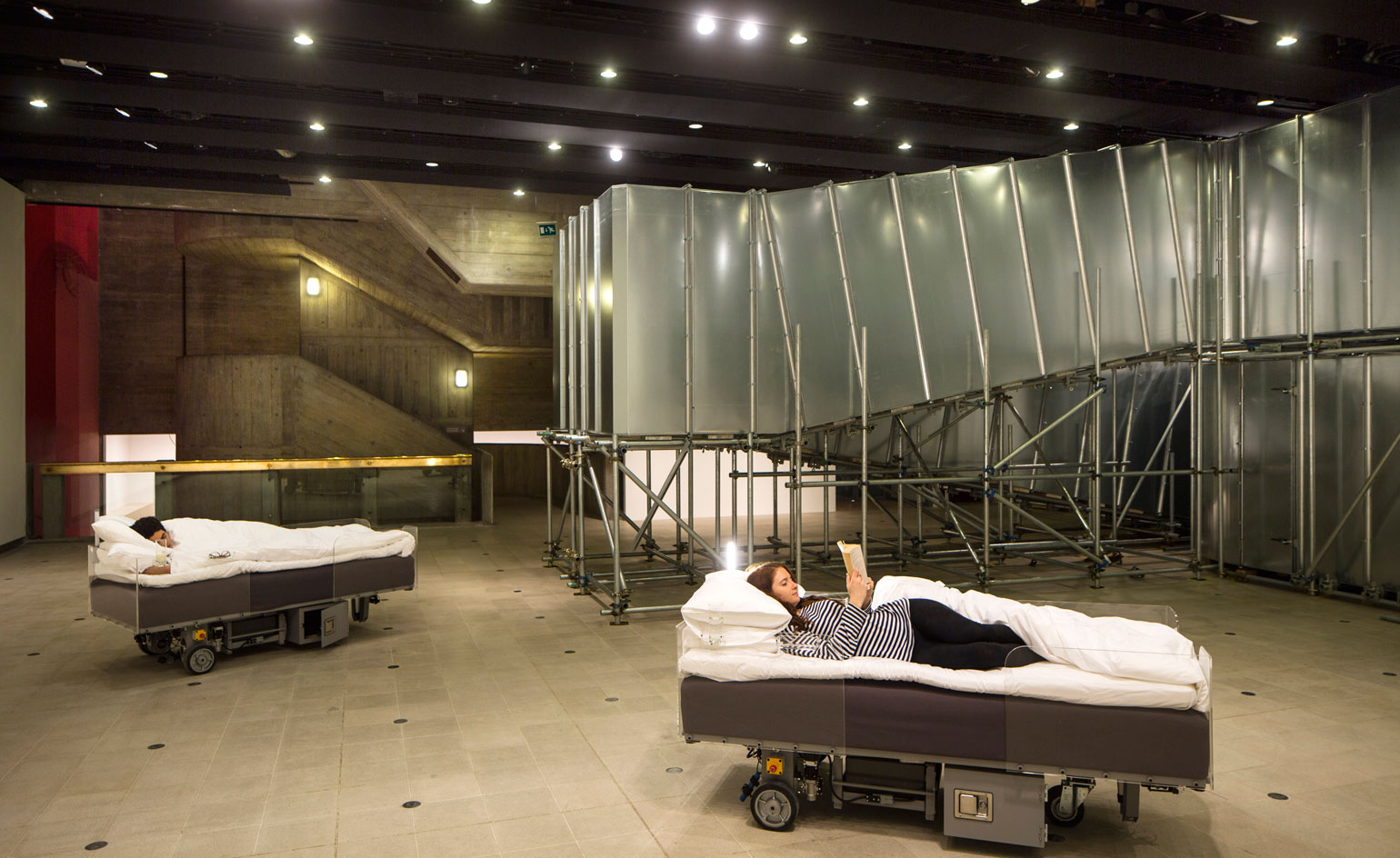
The moving beds use a complex system of lasers and radio beacons to avoid incident and injury.Courtesy of the artist and Hayward Gallery. Video produced by Bonniers Konsthall, Stockholm, and HangarBicocca, Milano
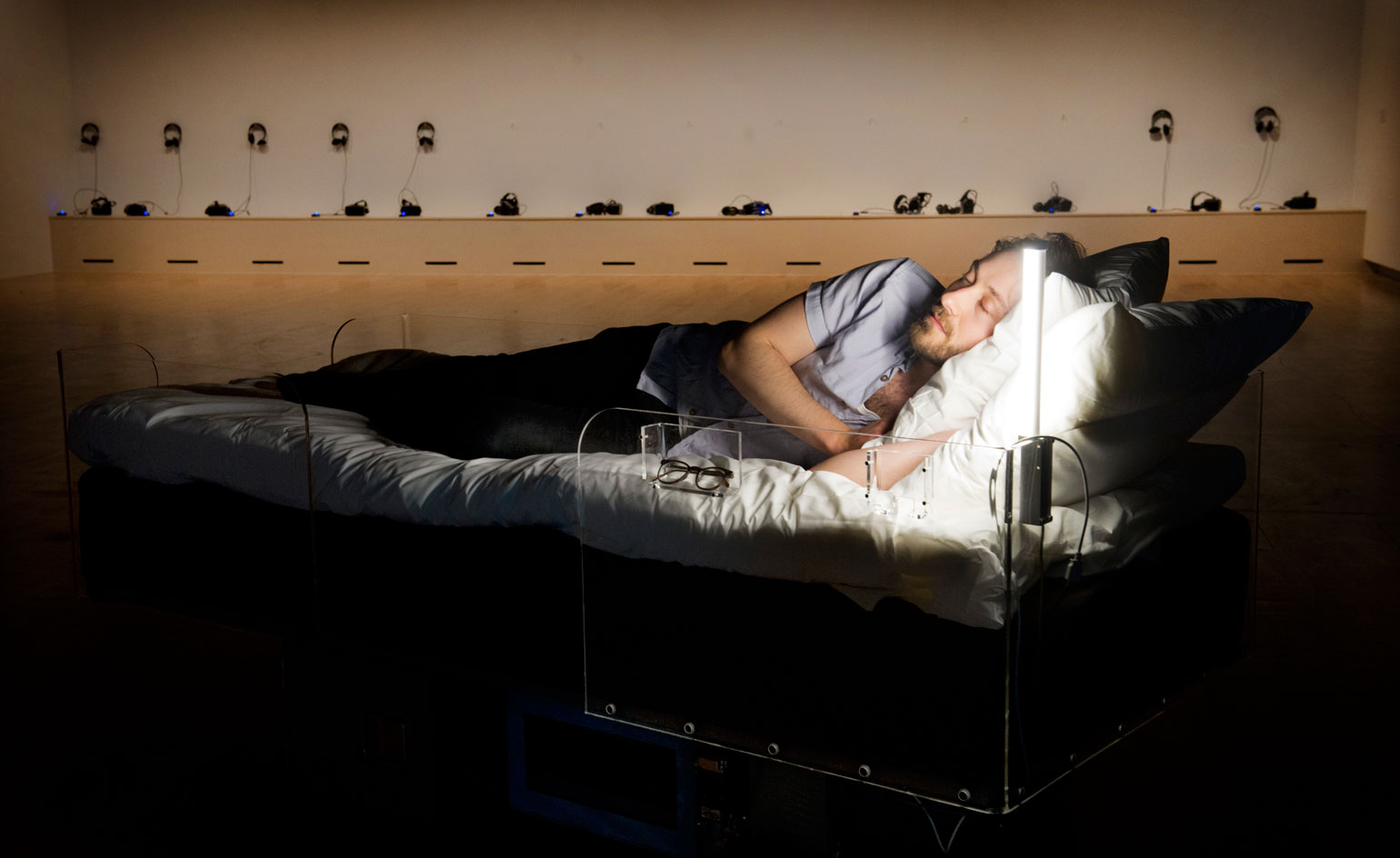
Those who sleepover get dream-enhancing toothpaste and morning tea or coffee as part of the deal.Courtesy of the artist and Hayward Gallery
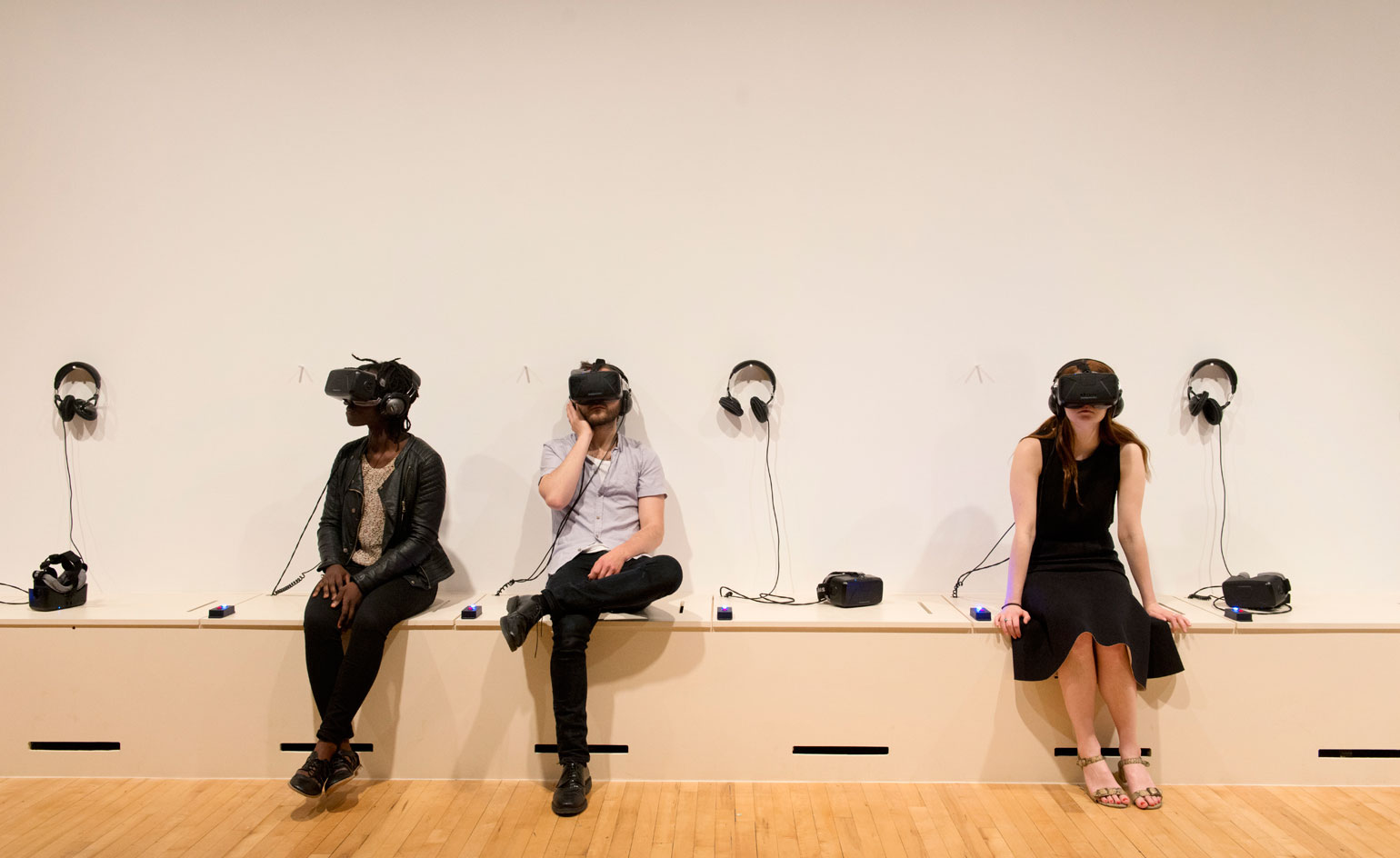
'It’s not just shared [experience], you are becoming part of the exhibition, says the artist. 'You are becoming something to look at.'Courtesy of the artist and Air de Paris
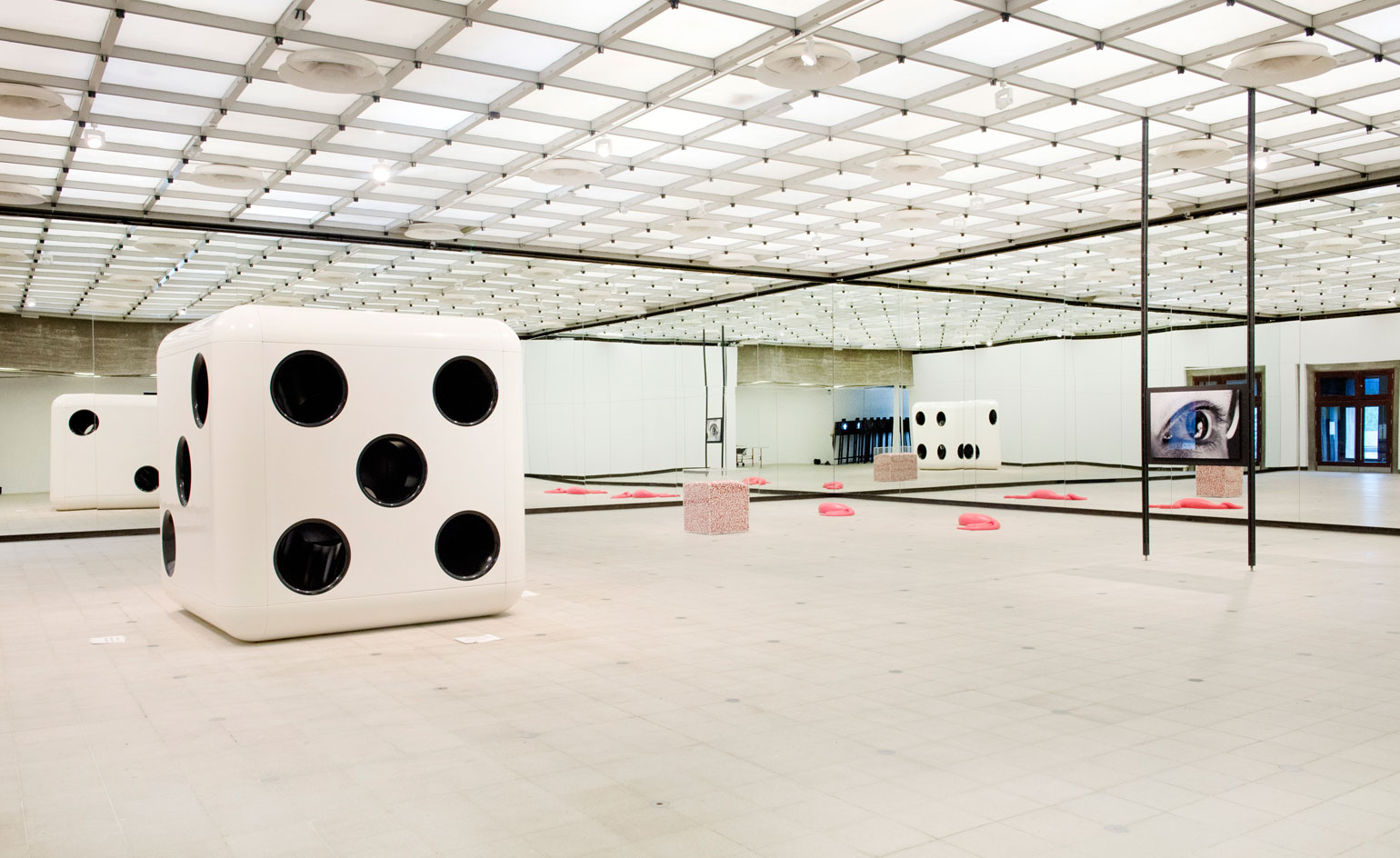
'This exhibition is a kind of a funfair, but that’s what exhibitions are these days,' says Höller.Courtesy of the artist and Hayward Gallery
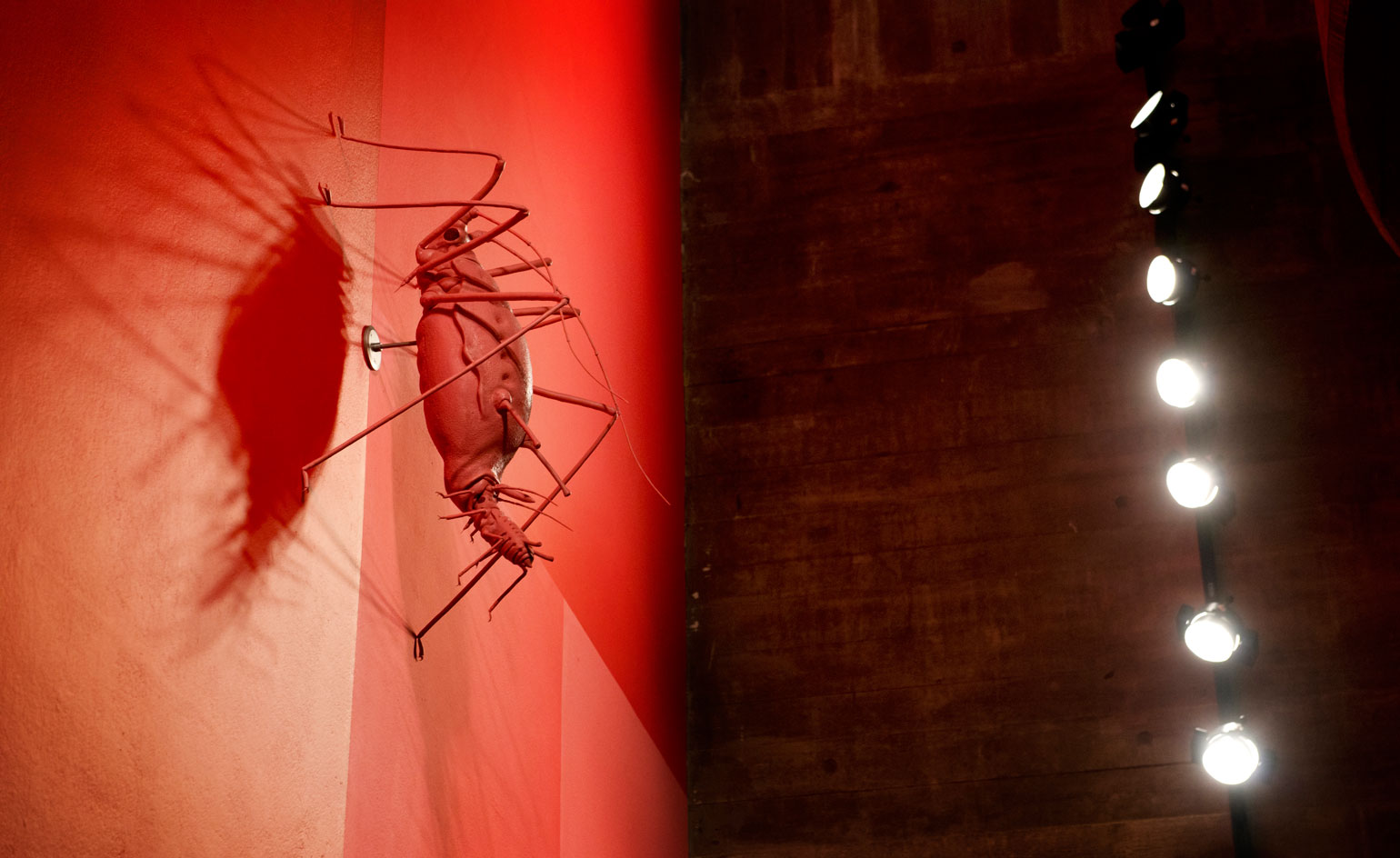
Other choices on offer include whether or not to take pills that drop from the ceiling and observing giant bugs... Courtesy of the artist and Massimo De Carlo, MilanPhoto
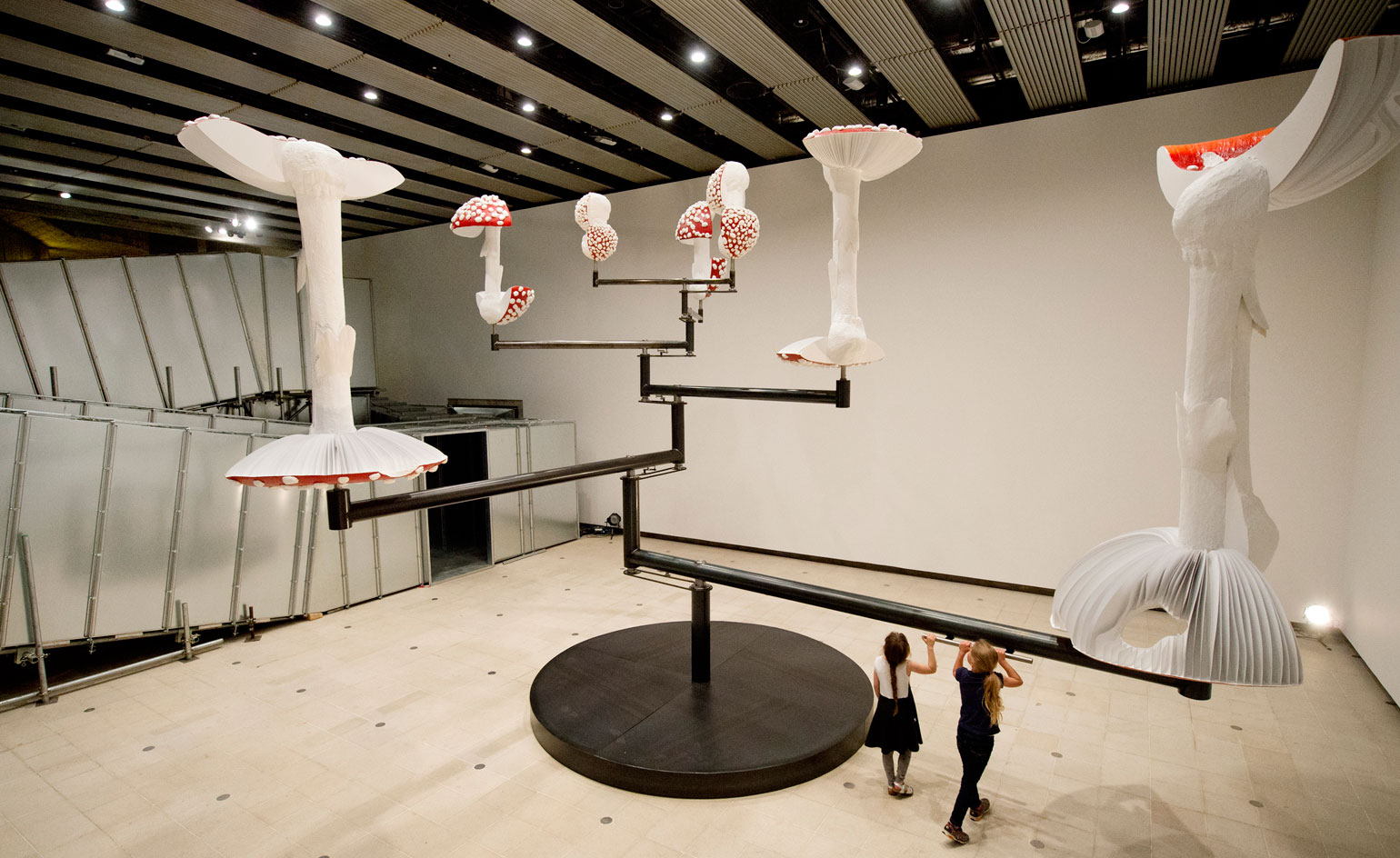
... as well as navigating around flying mushrooms. Courtesy of the artist and Hayward Gallery
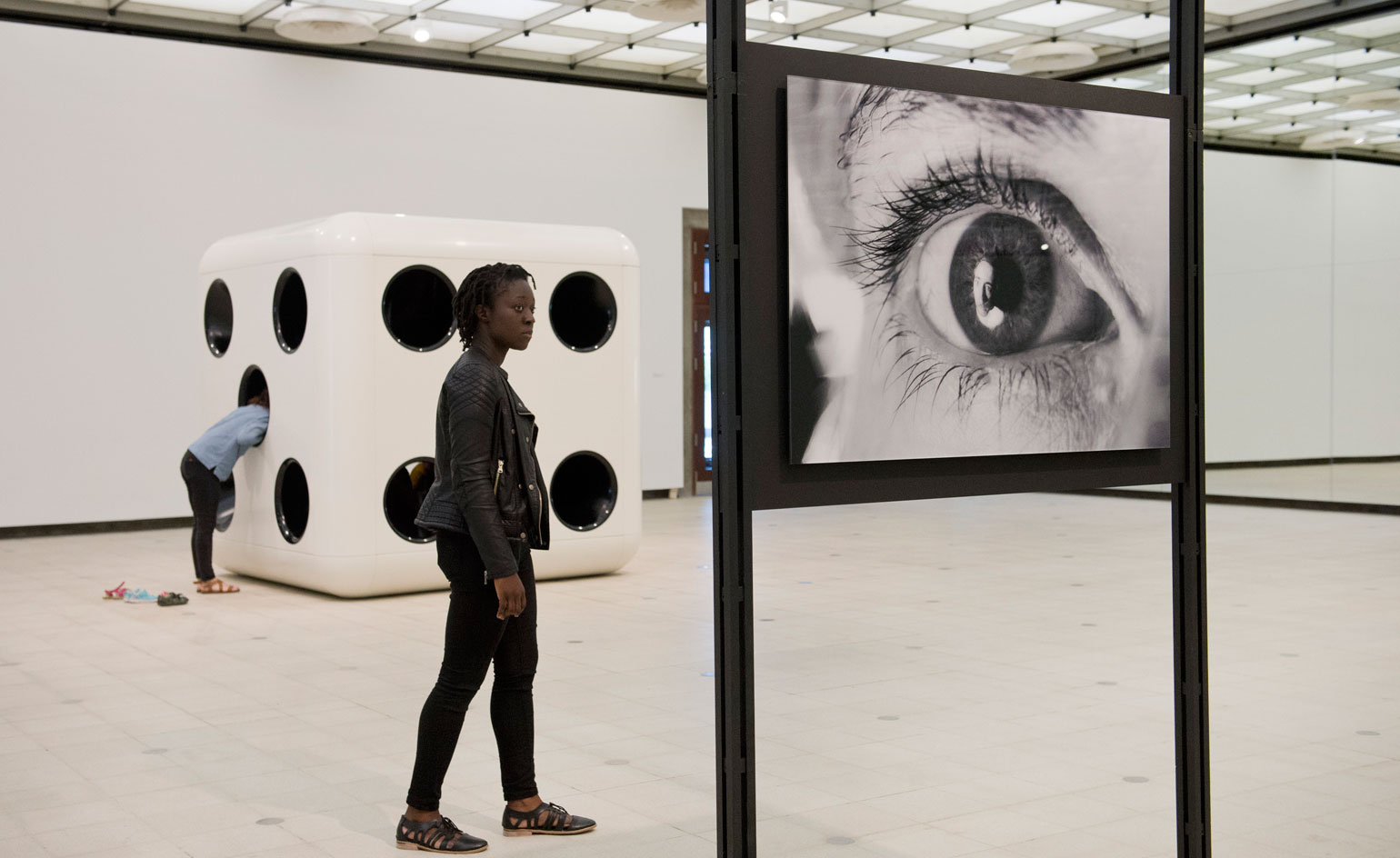
'It is definitely part of our intelligence I would say, that we are curious about these other states of being,' says the artist, 'these other ways of looking at the world.' Courtesy of the artist and Hayward Gallery
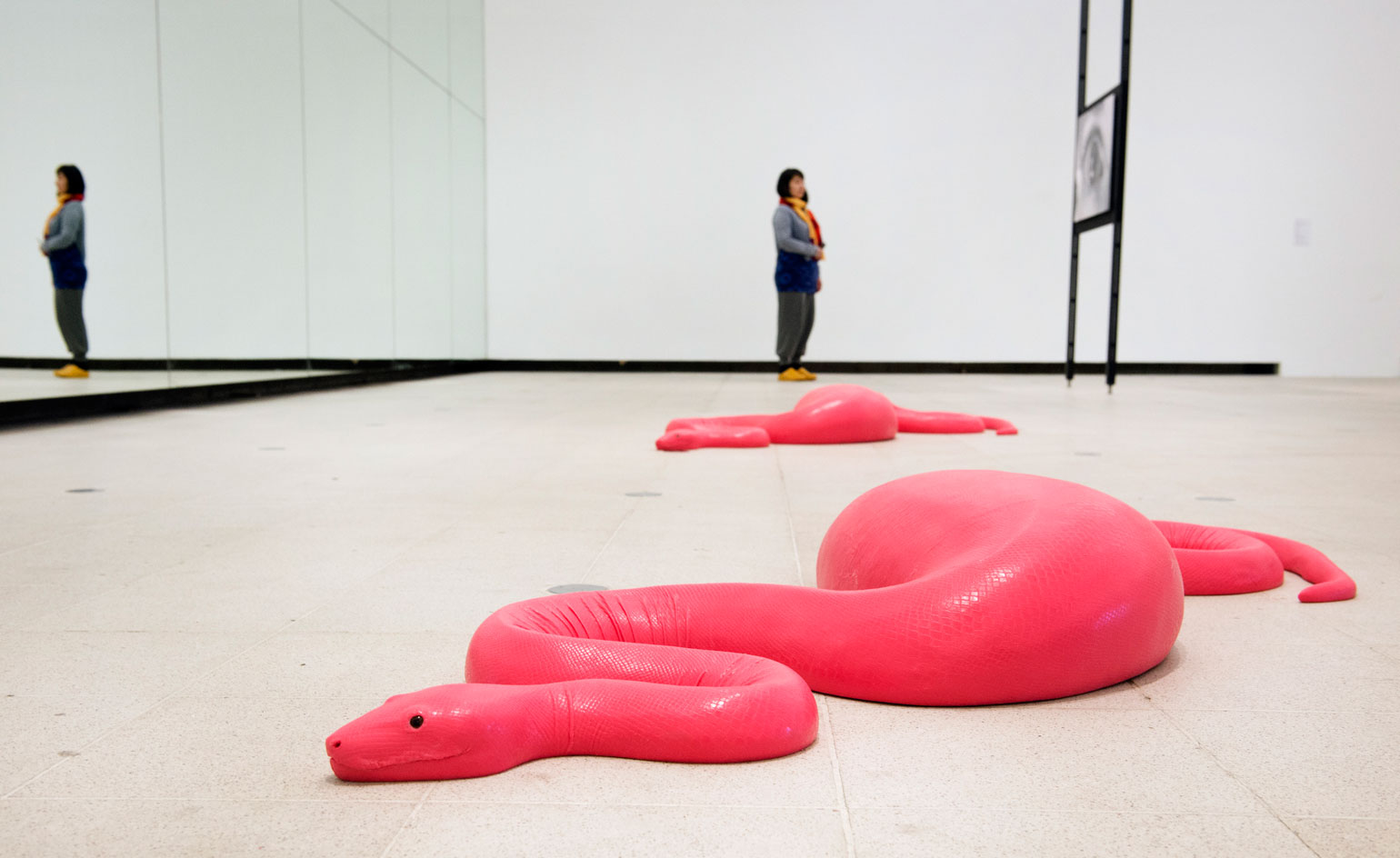
'I’m turning up and loading this space that with my inner visions or whatever, translating them into an object. I want to work with the people who come here.' Courtesy of the artist and Hayward Gallery
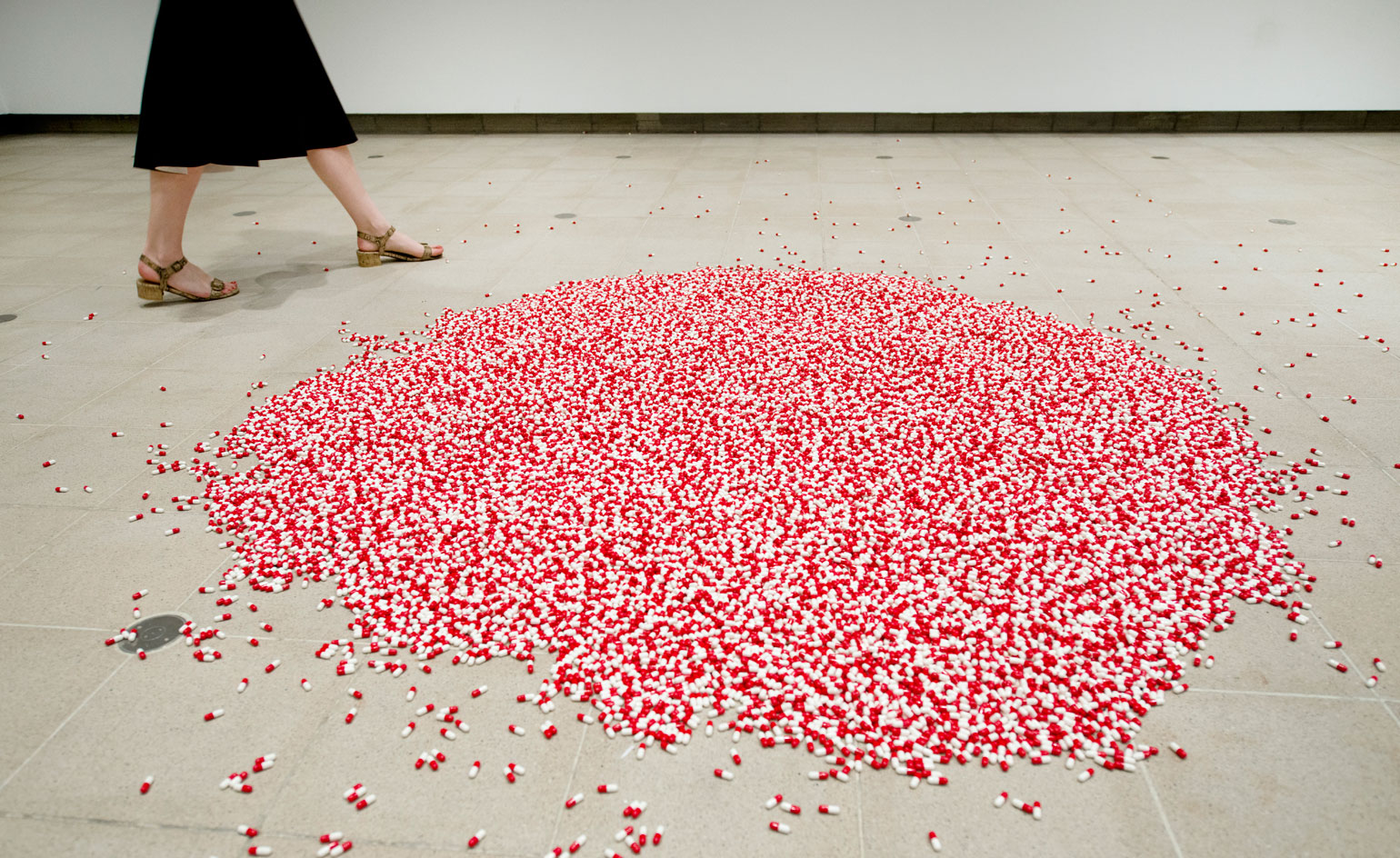
The exhibition is about indecision as well as decision. Pictured here: Pill Clock. Courtesy of the artist and Hayward Gallery
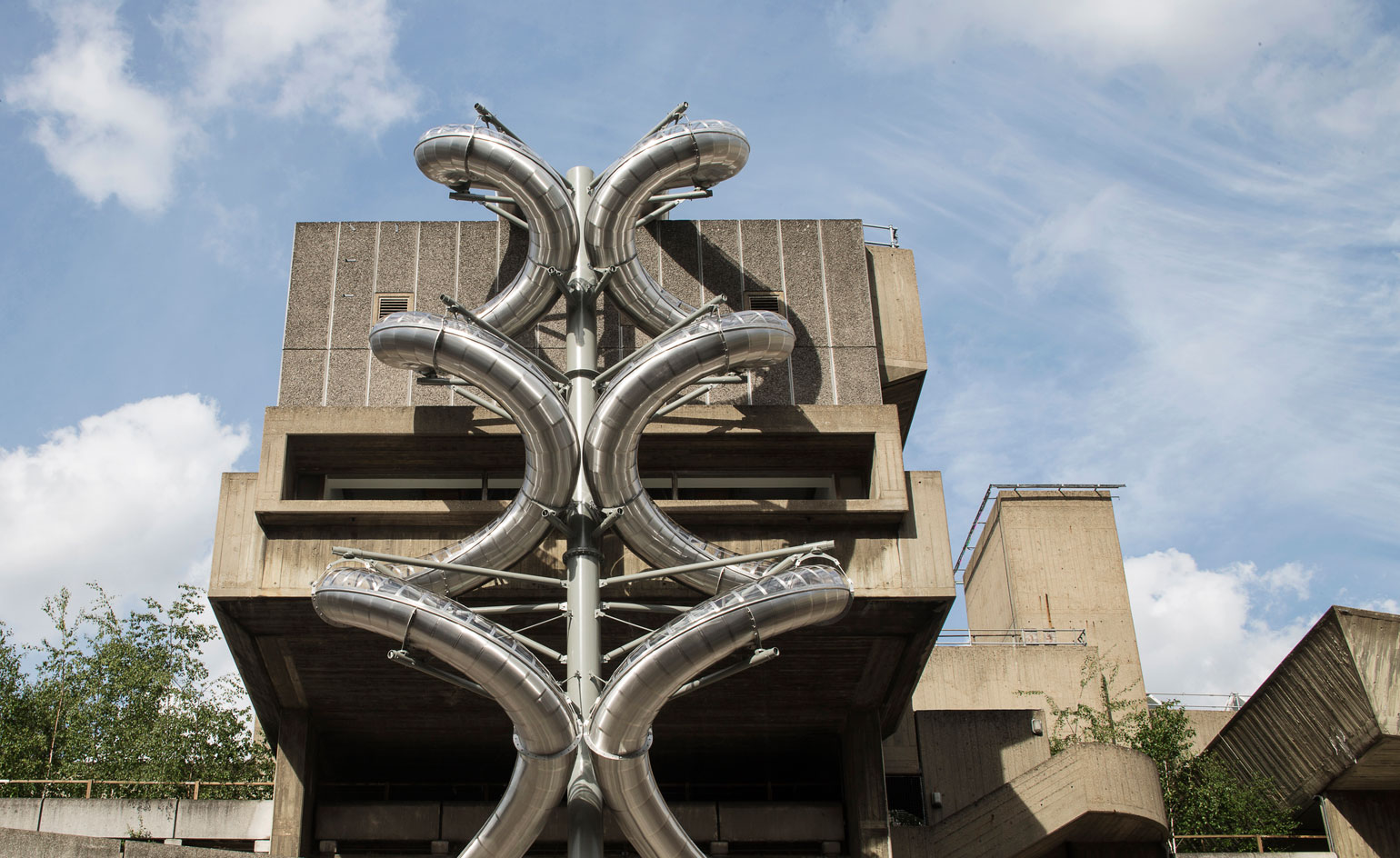
Once Höller has demounted his slides, the gallery will shut for two years of refurbishment work.
Wallpaper* Newsletter
Receive our daily digest of inspiration, escapism and design stories from around the world direct to your inbox.
-
 All-In is the Paris-based label making full-force fashion for main character dressing
All-In is the Paris-based label making full-force fashion for main character dressingPart of our monthly Uprising series, Wallpaper* meets Benjamin Barron and Bror August Vestbø of All-In, the LVMH Prize-nominated label which bases its collections on a riotous cast of characters – real and imagined
By Orla Brennan
-
 Maserati joins forces with Giorgetti for a turbo-charged relationship
Maserati joins forces with Giorgetti for a turbo-charged relationshipAnnouncing their marriage during Milan Design Week, the brands unveiled a collection, a car and a long term commitment
By Hugo Macdonald
-
 Through an innovative new training program, Poltrona Frau aims to safeguard Italian craft
Through an innovative new training program, Poltrona Frau aims to safeguard Italian craftThe heritage furniture manufacturer is training a new generation of leather artisans
By Cristina Kiran Piotti
-
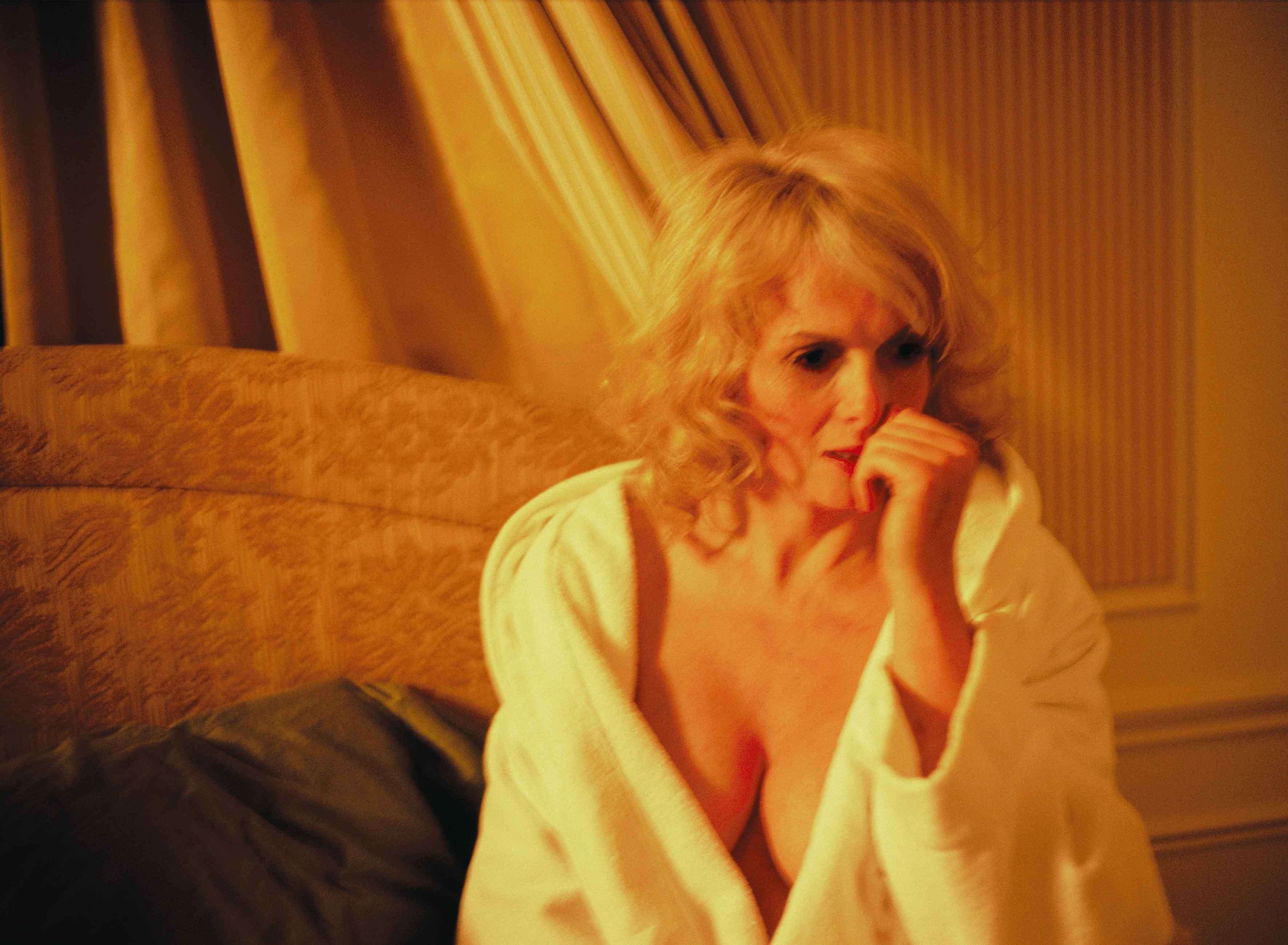 Carsten Höller’s new Book of Games: 336 playful pastimes for the bold and the bored
Carsten Höller’s new Book of Games: 336 playful pastimes for the bold and the boredArtist Carsten Höller invites readers to step out of their comfort zone with a series of subversive games
By Anne Soward
-
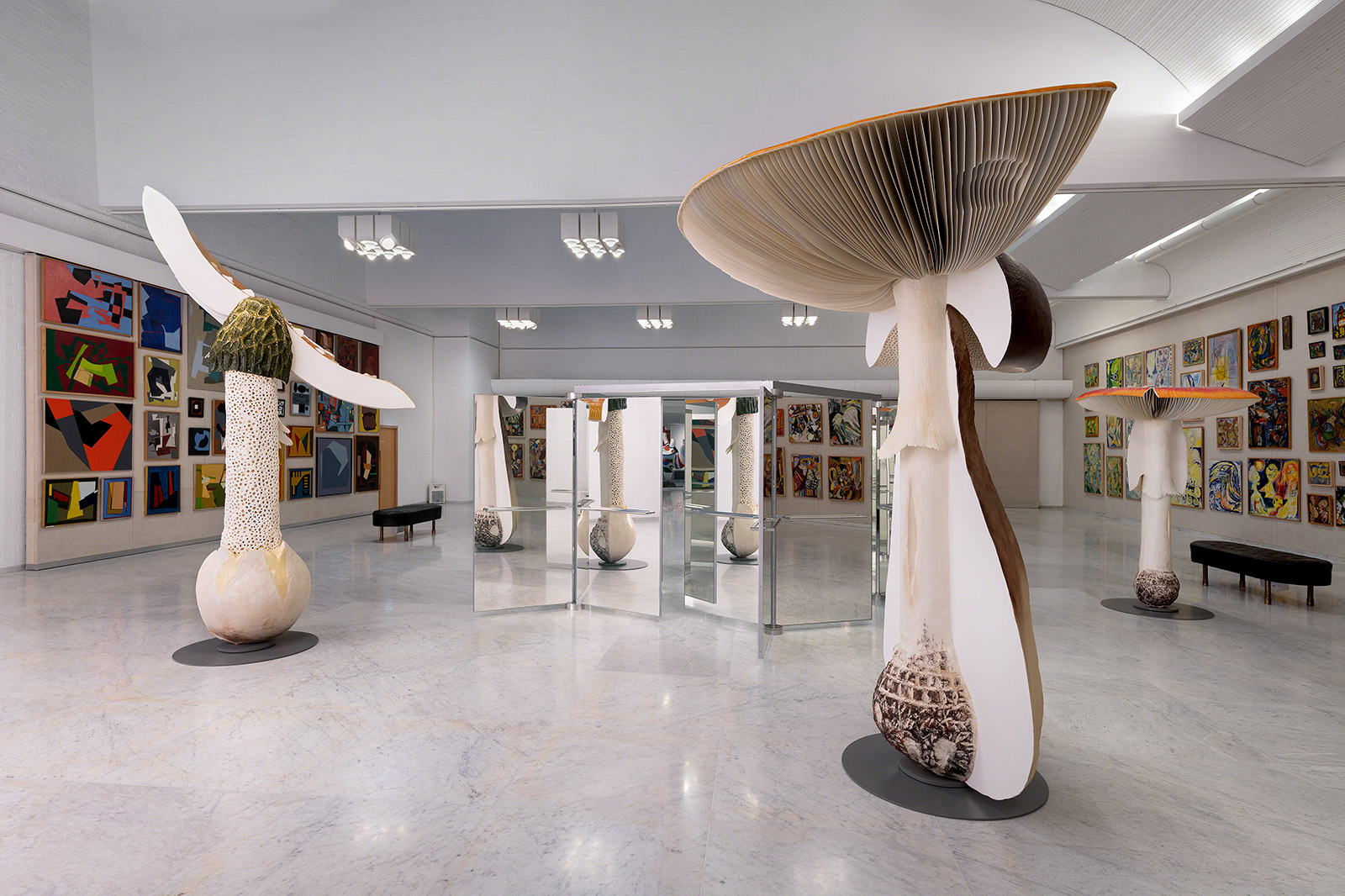 Carsten Höller advocates the virtues of confusion in two major Denmark exhibitions
Carsten Höller advocates the virtues of confusion in two major Denmark exhibitionsThe German artist (and erstwhile scientist) is staging complementary surveys at Copenhagen Contemporary and the Kunsten Museum of Modern Art Aalborg
By Jessica Klingelfuss
-
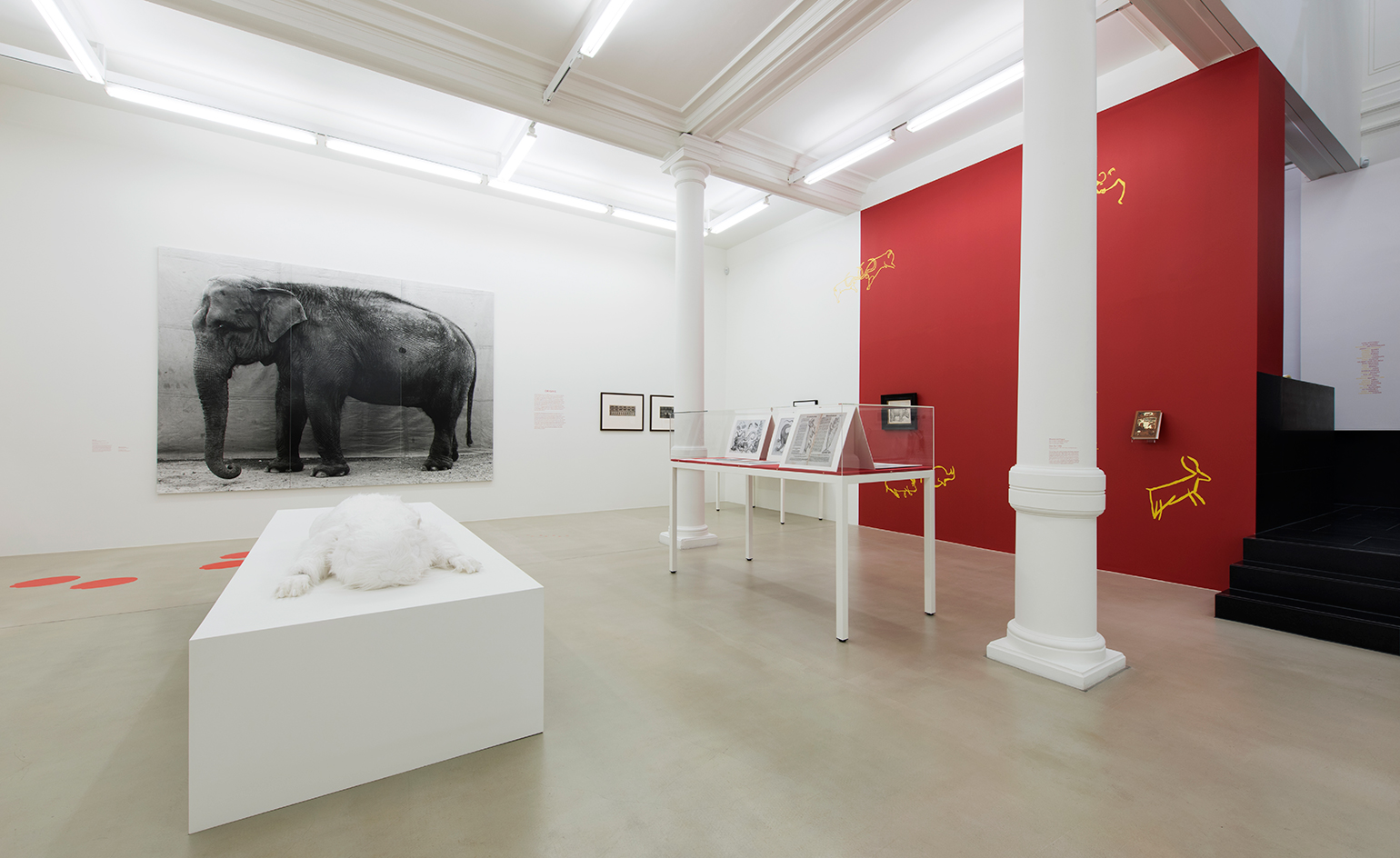 The beasts within: artists tap into their wild sides for a roaring show
The beasts within: artists tap into their wild sides for a roaring showBy Elly Parsons
-
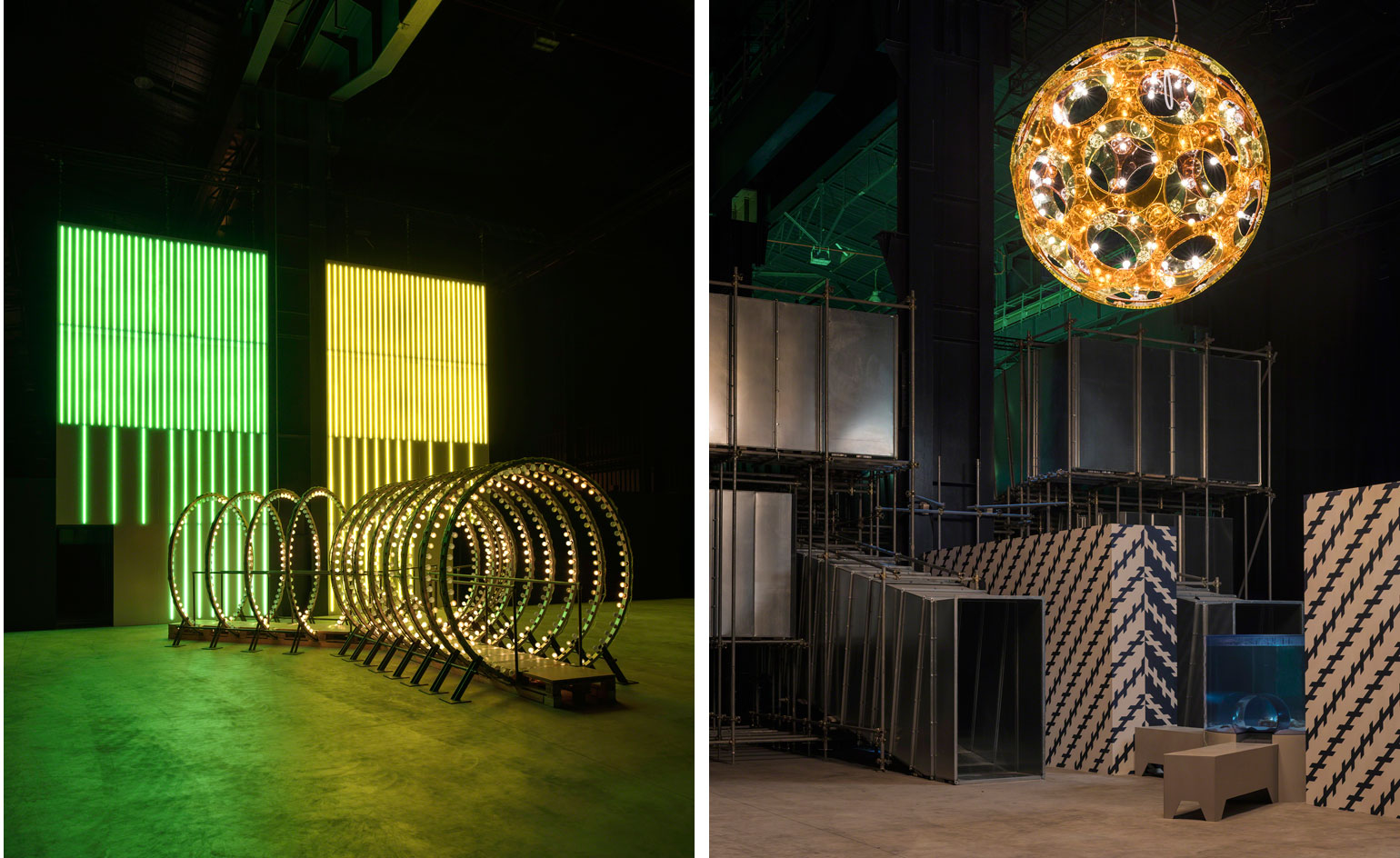 Mad world: Carsten Höller creates a dizzying funhouse in Milan
Mad world: Carsten Höller creates a dizzying funhouse in MilanBy Jessica Klingelfuss
-
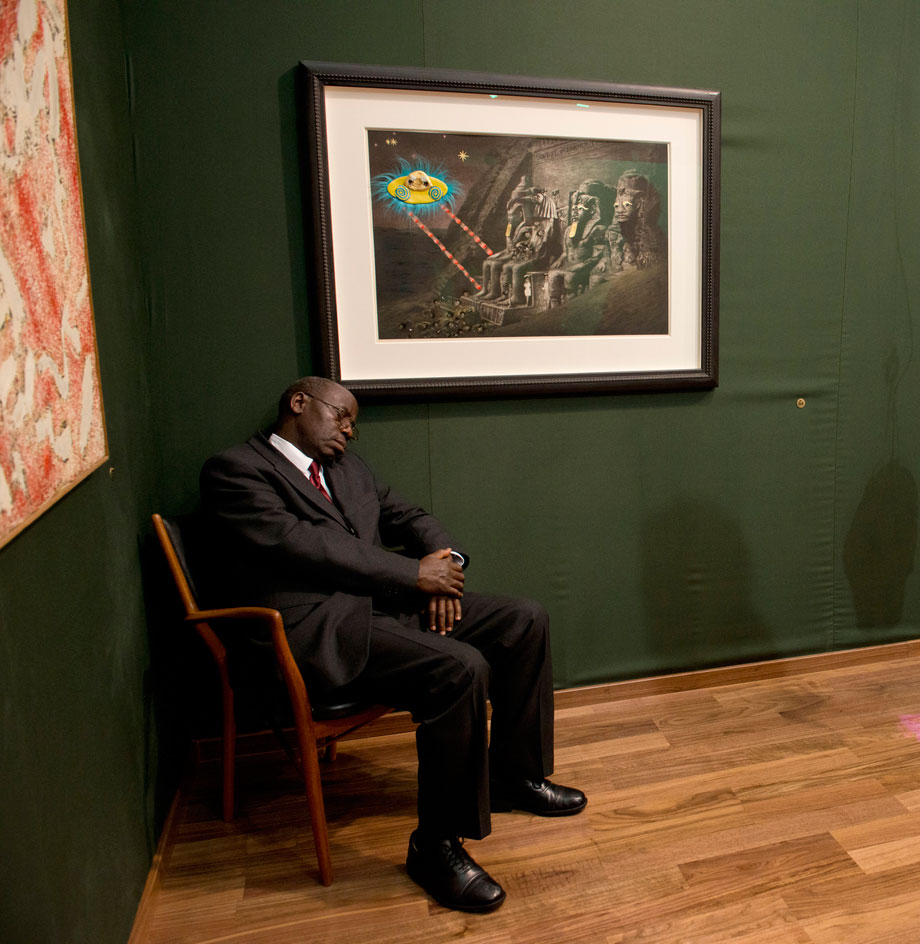 Frieze Art Fair London 2014: the Wallpaper* edit
Frieze Art Fair London 2014: the Wallpaper* editBy Nick Compton
-
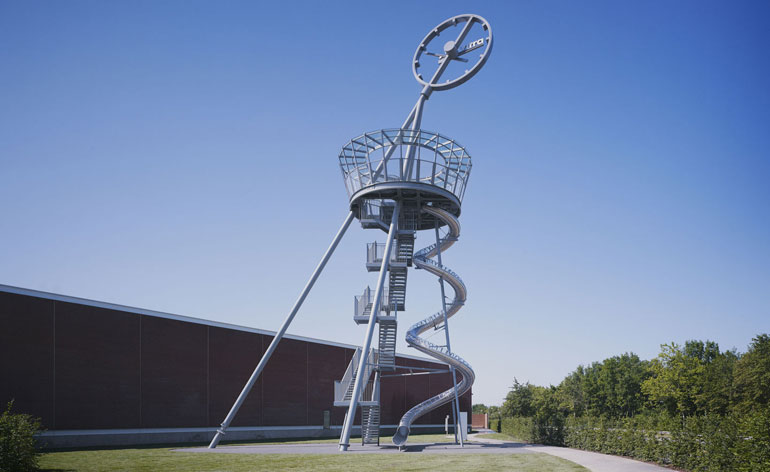 Artist Carsten Höller's spiralling Slide Tower joins the Vitra Campus roster
Artist Carsten Höller's spiralling Slide Tower joins the Vitra Campus rosterBy Ellen Himelfarb
-
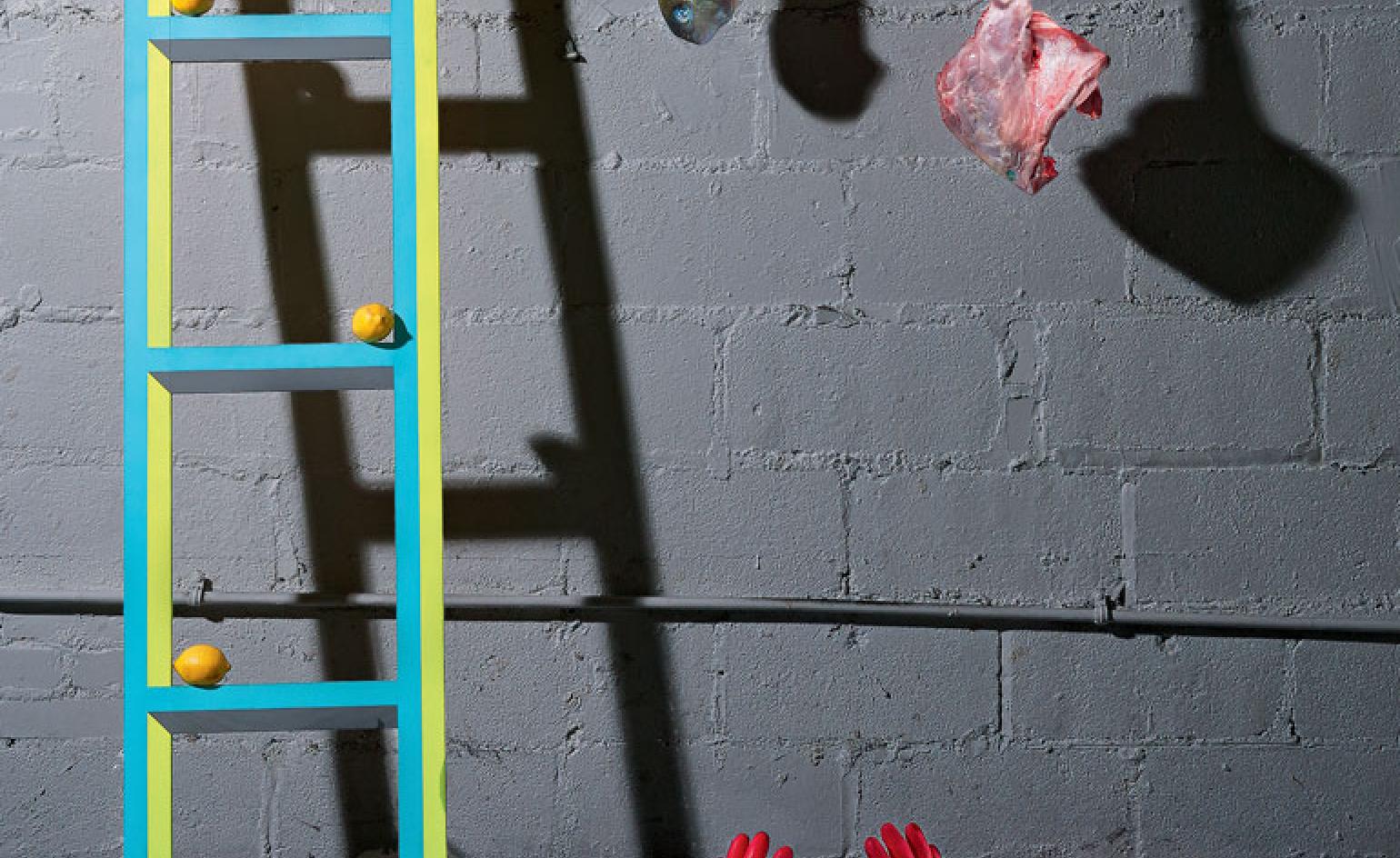 Artist's Palate: Carsten Höller's Roast Boned Rolled Stuffed Shoulder of Lamb
Artist's Palate: Carsten Höller's Roast Boned Rolled Stuffed Shoulder of LambBy Paul McCann